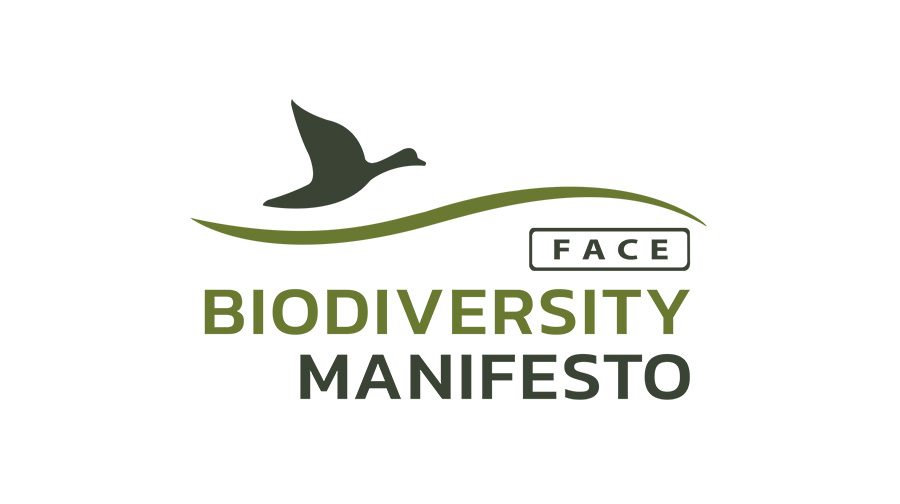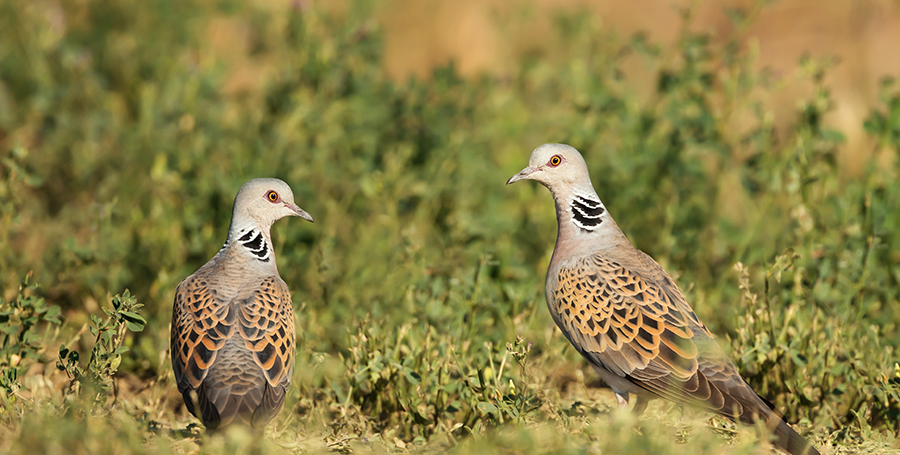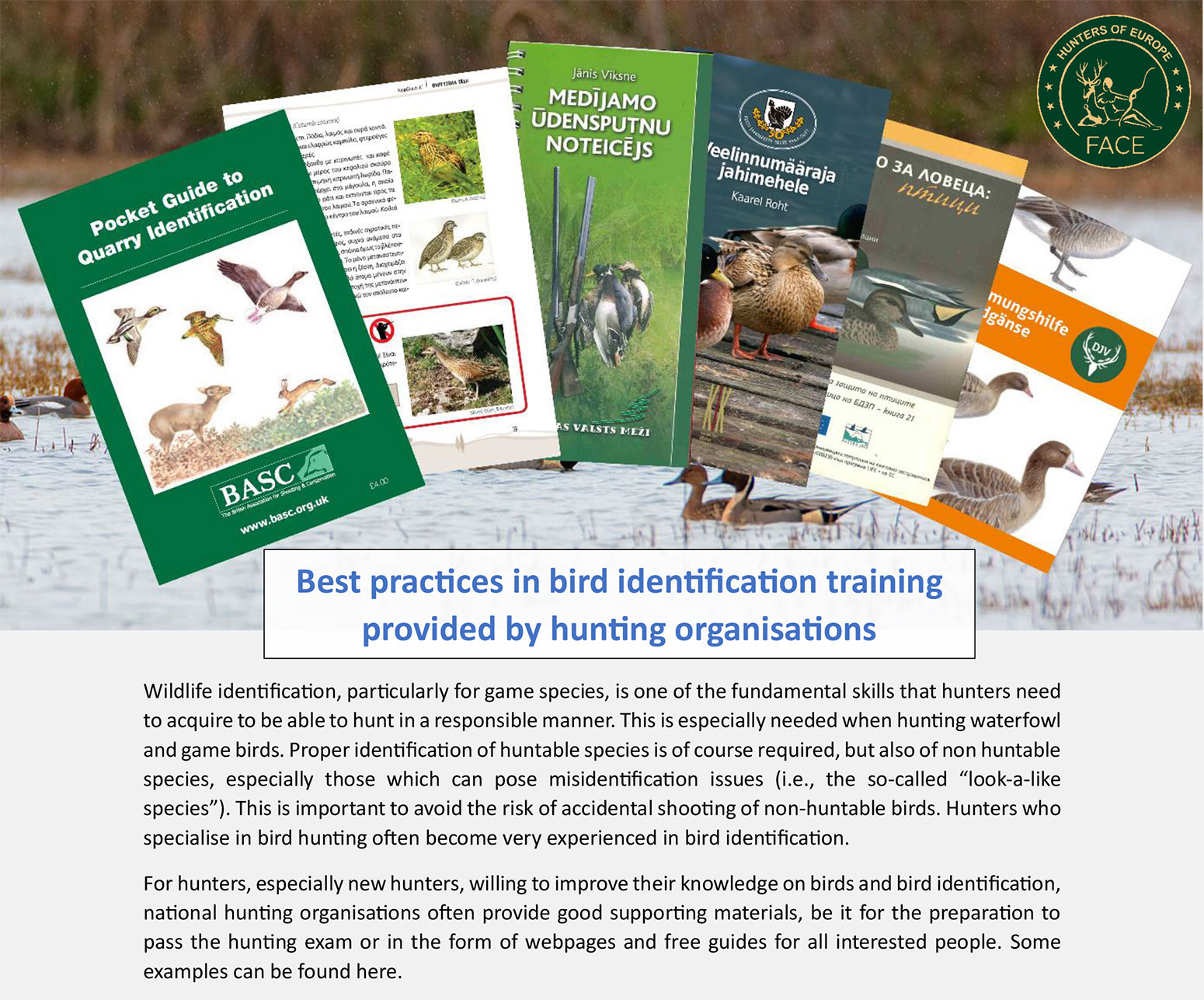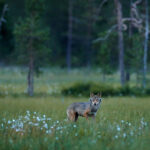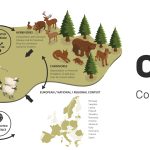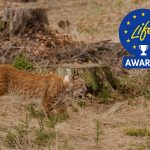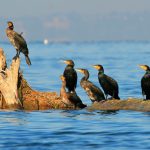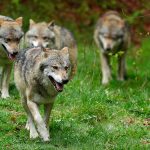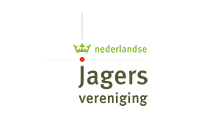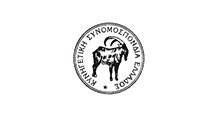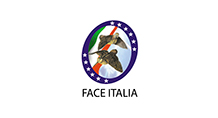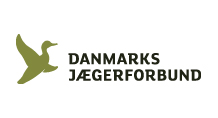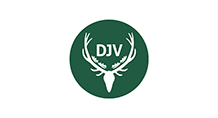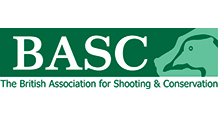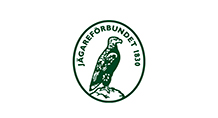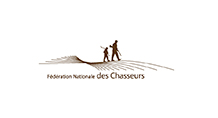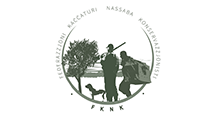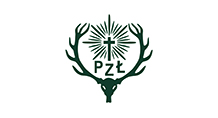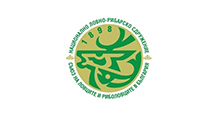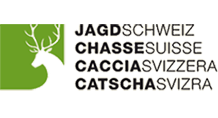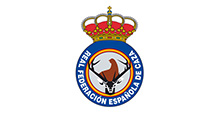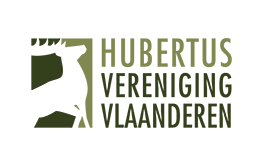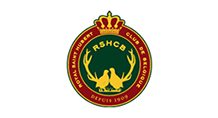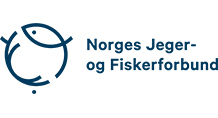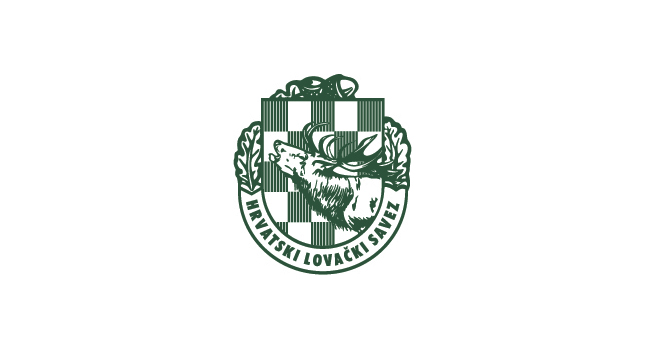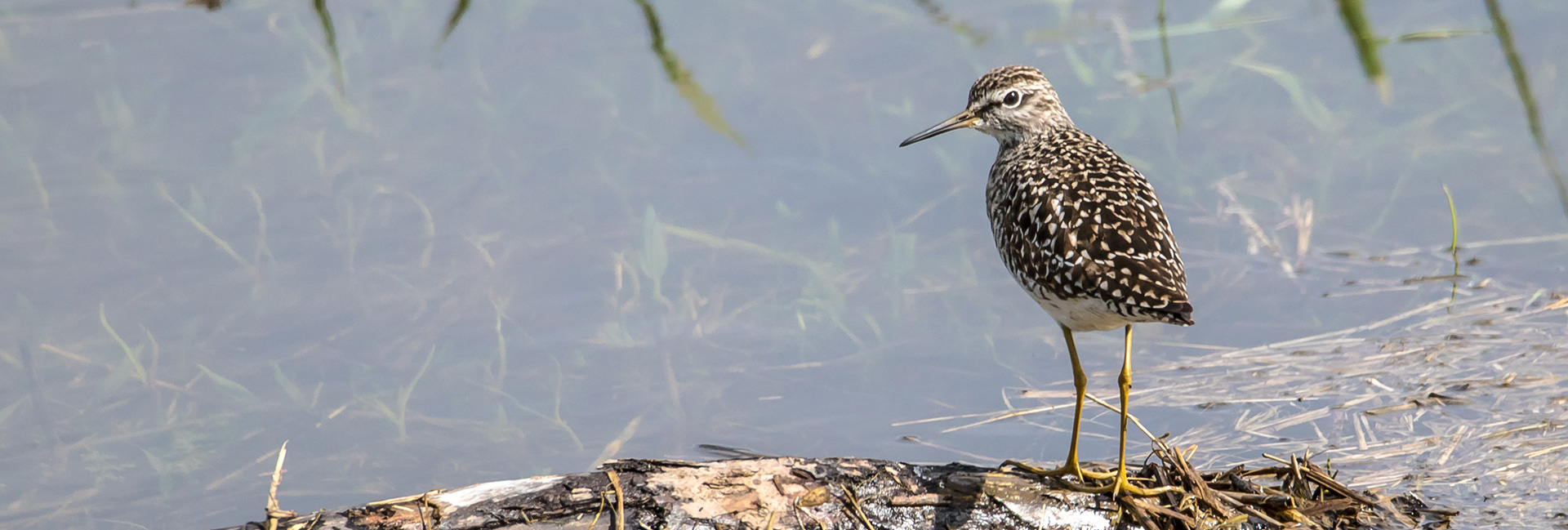
Birds
In 2020, FACE conducted a second assessment of the status of huntable birds in the EU, following the release of the EU State of Nature report (2020) providing the latest results in national reporting under the Birds and Habitats directives (2013 to 2018). In general, the findings illustrate that huntable birds are in a broadly similar situation to non-huntable birds (i.e., Annex I and non-Annex birds).
Although showing slightly more species in ‘threatened’ or ‘near threatened’, ‘declining’ or ‘depleted’ categories, there are fewer huntable birds with an ‘unknown’ status compared to non-huntable birds. Annex I birds have the highest proportion of species holding a ‘threatened’ or ‘unknown’ population status and the lowest proportion of ‘secure’ status. The species listed in Annex I and Annex II have deteriorated since the previous Article 12 reporting exercise, which follows the general trend of biodiversity loss in Europe.
In terms of population trends, 46% of huntable birds show a decreasing breeding population trend, for both short and long-term trends. In comparison, 32% of the long-term breeding population trends of all bird species listed in the Bird Directive are decreasing. However, 58% of wintering birds have increasing long-term population trends, which is broadly similar to non-huntable wintering birds (54%). Additionally, the report goes on to discuss the various pressures and threats potentially affecting huntable birds as well as the link between hunting and conservation by highlighting important recommendations that relate to species and habitat conservation, monitoring, research, and communication
In 2015, FACE assessed the status of huntable (Annex II) birds in the European Union. The findings illustrate that most Annex II birds have a ‘secure’ population status (55%), which is broadly similar to the situation in 2004 (based on a previous EU assessment). In terms of trends, however, over 40% of huntable birds show a decreasing population trend. This applies to both short-term and long-term trends. Some of the recommendations outlined in this report include actions that relate to species and habitat conservation, monitoring, research and communication.
Turtle Dove: Hunting and Adaptive Harvest Management in the EU
Now, the Turtle Dove is not currently hunted in its Western flyway (where Members States where hunting of the species was taking place are France, Spain, Portugal and the northern part of Italy) and the harvest was reduced by 50% in its Central/Eastern flyway (where Members States where hunting of the species was taking place are Austria, Bulgaria, Greece, Malta, Romania, Italy, and Cyprus although part of a different flyway).
In addition to these measures affecting harvest, Member States had to step up efforts in habitat conservation, research and implementation systems to ensure sustainable hunting. These decisions were made in 2021 as a result of workshops held by the European Commission aiming at framing the AHM of the species. Accordingly, the hunting season 2021 was the first hunting season for Turtle Dove under AHM. Now, a second round of discussions took place to decide for the 2022 hunting season as the EC has put forward a recommendation of stopping hunting in the Central/Eastern flyway as well although efforts made in achieving last year’s recommendation showed that quick and effective response from hunters was possible.
In 2021, FACE published a report assessing the situation regarding Turtle Dove hunting in the EU and held an information webinar to explain the state of play and next steps regarding the hunting and conservation of Turtle Dove in Europe. In 2022, an update of the species AHM was published by FACE.
Annex II species which are not in a secure EU status
In 2022, the European Commission created the Task Force for the Recovery of Bird species as an ad hoc task force of the Expert group on the Nature Directives (NADEG).
The Task Force aims at supporting the development of the necessary measures needed for the recovery of bird species that have been assessed, in the latest assessment under Article 12 of the Birds Directive, as not having a secure status, also having regard to the objectives of the EU Biodiversity Strategy for 2030.
As a start, it mainly deals with the Turtle Dove but also with the species listed in Annex II of the Birds Directive that have been assessed as not having a secure EU status. In future, it may be extended further to cover other bird species not listed in Annex II of the Birds Directive that have been assessed as not having a secure status.
As shown by the latest report under Article 12 of the Birds Directive, 42 species listed on Annex II of the Birds Directive are not in a EU secure. Of these, 33 species of migratory birds require a coordinated EU action and are part of the process of the Task Force.
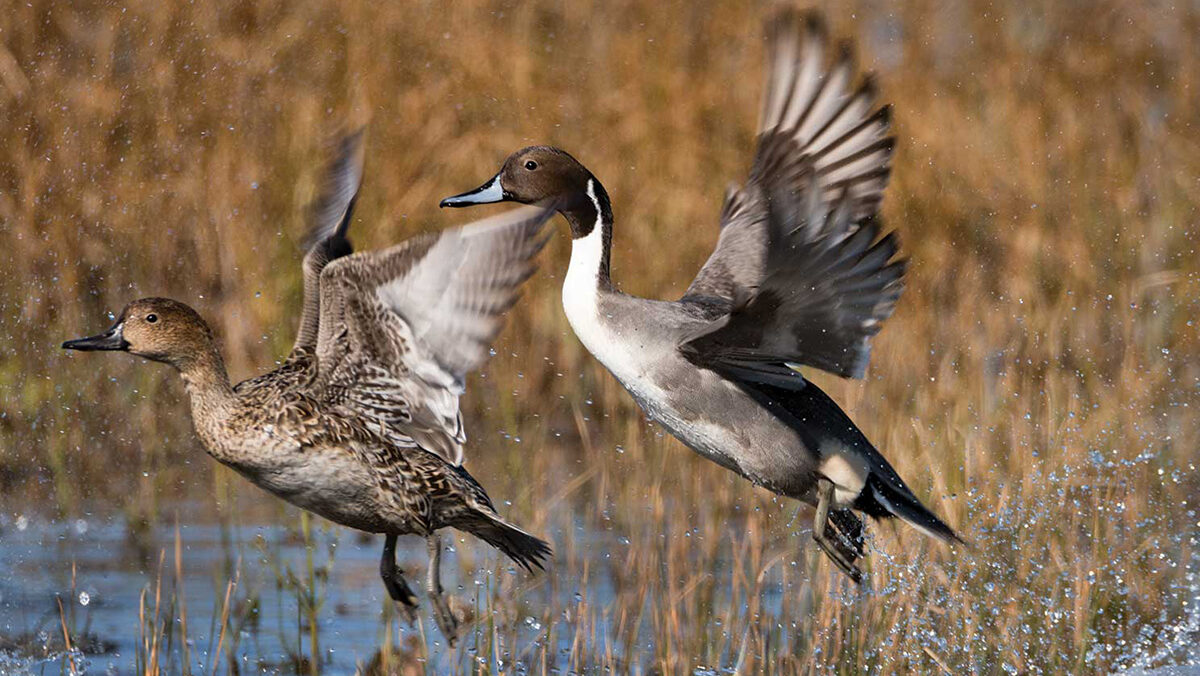
A first overview of the harvest data in the EU
The collection of harvest data plays a significant role in understanding wild game populations and providing a basis for conservation and management decisions. Hunting bag statistics collection has a long history in Europe, however there is a great variability between countries regarding systems and frequency of data collection.
In order to centralise harvest data at the EU level, the last reporting exercise under the EU Birds Directive (Article 12) required Member States, for the first time, to report on national harvest for the period 2013-2018. This resulted in a large and valuable dataset.
However, it has remained largely unused, and no comprehensive analysis has been produced so far. In 2022, FACE assessed the dataset to produce a first overview what was reported and what are the data gaps. The report provides FACE’s recommendations for improvement.
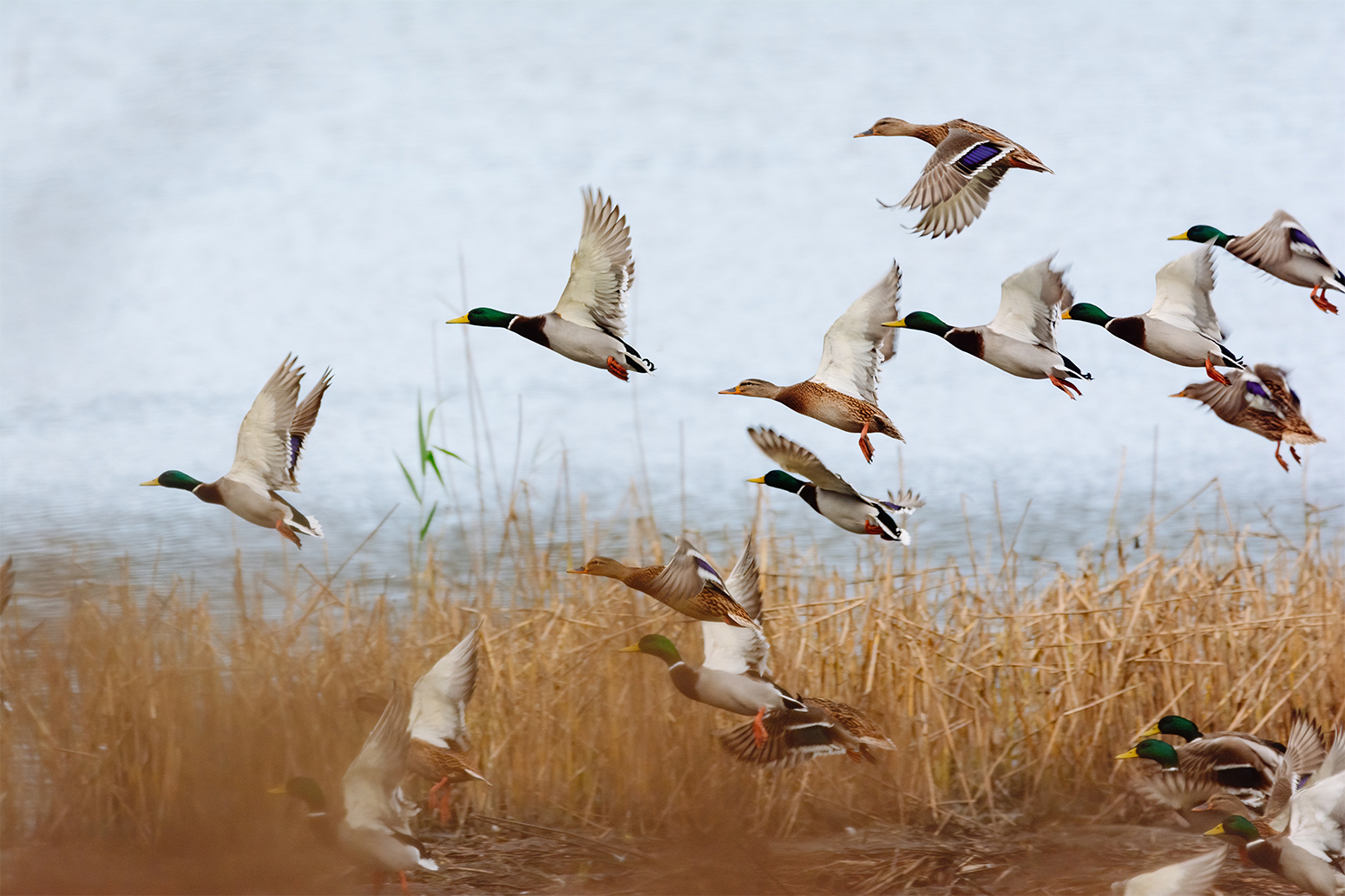
Best practices in hunters’ bird identification training
Wildlife identification is one of the fundamental skills that hunters need to acquire to be able to hunt in a responsible manner. This is especially needed when hunting waterfowl and game birds.
Proper identification of huntable species is of course required, but also of non huntable species, especially those which can pose misidentification issues (i.e., the so-called “look-a-like species”).
This is important to avoid the risk of accidental shooting of non-huntable birds. Hunters who specialise in bird hunting often become very experienced in bird identification. Hunting offers much in terms of the connection with the natural world, but it also comes with serious responsibilities. As such, harvesting game in a responsible and ethical manner is of the highest priority for hunters.
. This is why they seek to continually improve their knowledge regarding the quarry species they pursue and why hunting organisations across Europe provide such information, be it for the preparation to pass the hunting exam or in the form of webpages and free guides for all interested people.
Adaptive Harvest Management (AHM)
Adaptive Harvest Management (AHM) is increasingly being used in Europe with a start from the Agreement on the Conservation of African-Eurasian Migratory Birds (AEWA) and geese species to the newly developed AHM for the Turtle Dove under the European Commission.
This management approach is designed to allow decision-makers to take appropriate measures regarding natural resources management in the face of uncertainties, which is inherent to any biological process.
Specifically, adjusting harvest of bird species through AHM enables to meet the goals of favourable population status and sustainable harvest while taking into account socio-economic impacts. FACE produced an info-note on AHM to inform decision-makers, hunters and the wider public on its use and principles
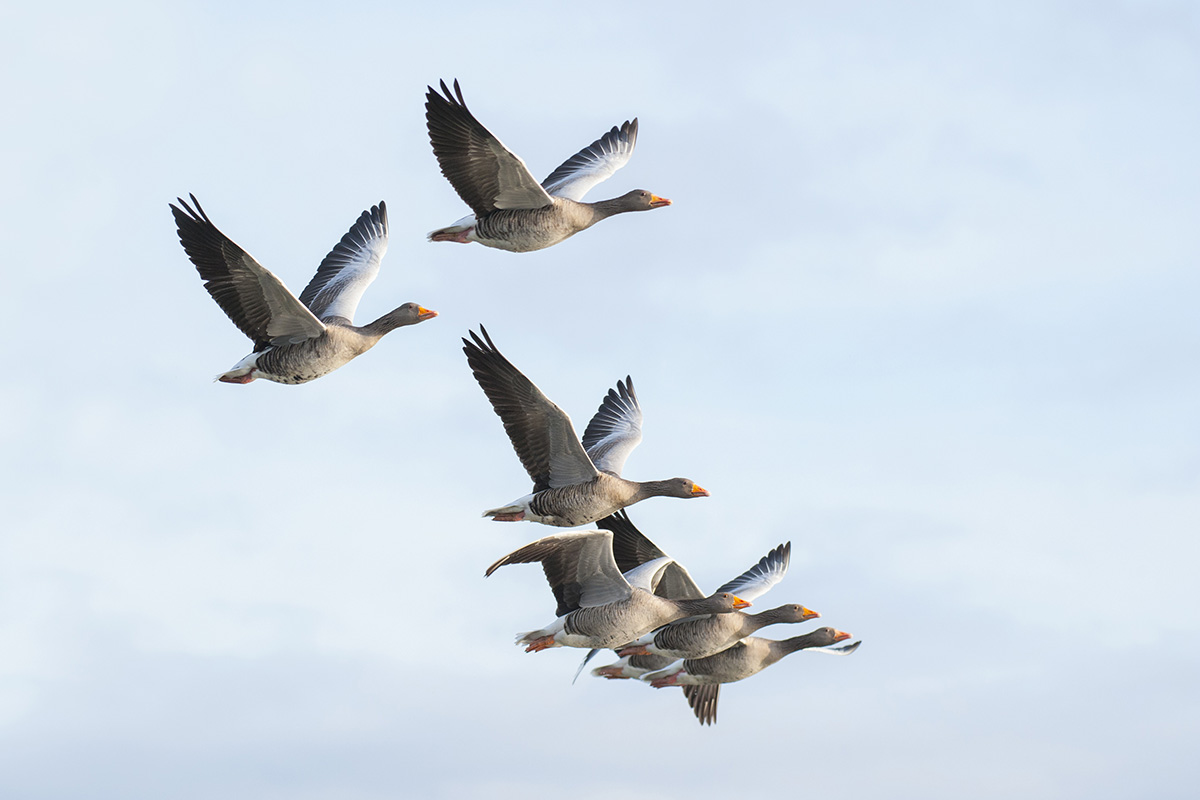
SPECIES ACTION
FACE works on a number of single species issues – not least our work on Large Carnivores – but also on the conservation and management of various bird species, whether migratory as the Cormorant and the Pink-footed Goose, or sedentary species such as the Partridges which are suffering from habitat loss throughout much of their distribution.

